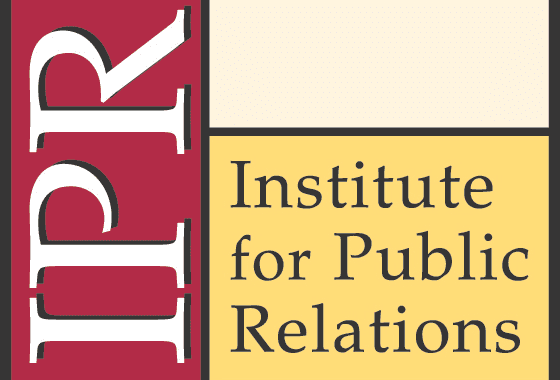This summary is provided by the IPR Organizational Communication Resource Center Summary This study aims to answer whether health-promoting leadership and leaders’ skills can improve followers’ job satisfaction and turnover intention. Health-promoting leadership behaviors refer to a mixture of leadership behaviors to promote a healthy workplace for employees. The authors examined the indirect effects of … Continue reading Health-Promoting Leadership and Leaders’ Listening Skills Have an Impact on the Employees’ Job Satisfaction and Turnover Intention










